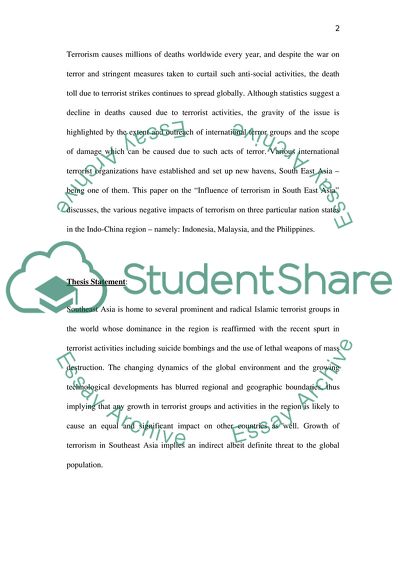Cite this document
(“The Influence of Terrorism in Southeast Asia Essay”, n.d.)
The Influence of Terrorism in Southeast Asia Essay. Retrieved from https://studentshare.org/sociology/1584546-the-influence-of-terrorism-in-southeast-asia
The Influence of Terrorism in Southeast Asia Essay. Retrieved from https://studentshare.org/sociology/1584546-the-influence-of-terrorism-in-southeast-asia
(The Influence of Terrorism in Southeast Asia Essay)
The Influence of Terrorism in Southeast Asia Essay. https://studentshare.org/sociology/1584546-the-influence-of-terrorism-in-southeast-asia.
The Influence of Terrorism in Southeast Asia Essay. https://studentshare.org/sociology/1584546-the-influence-of-terrorism-in-southeast-asia.
“The Influence of Terrorism in Southeast Asia Essay”, n.d. https://studentshare.org/sociology/1584546-the-influence-of-terrorism-in-southeast-asia.


